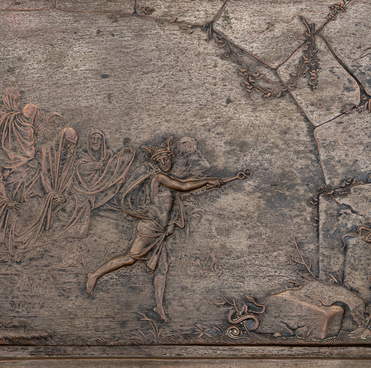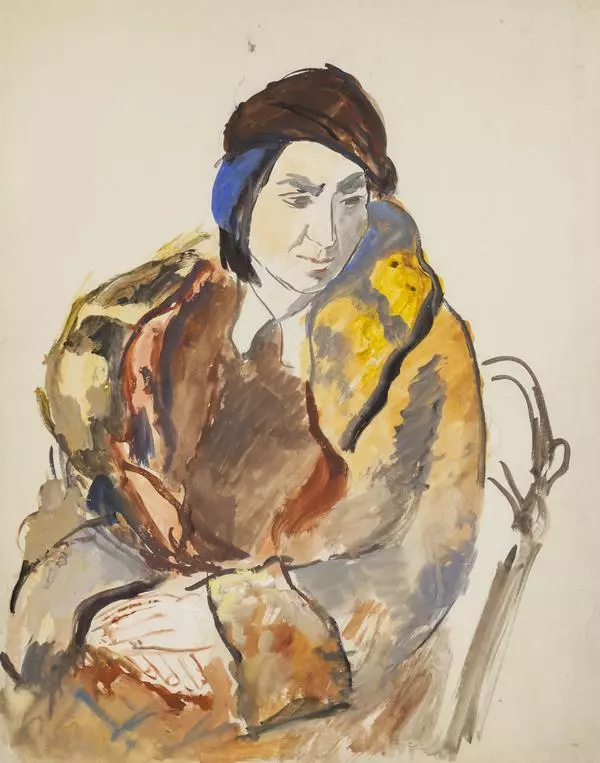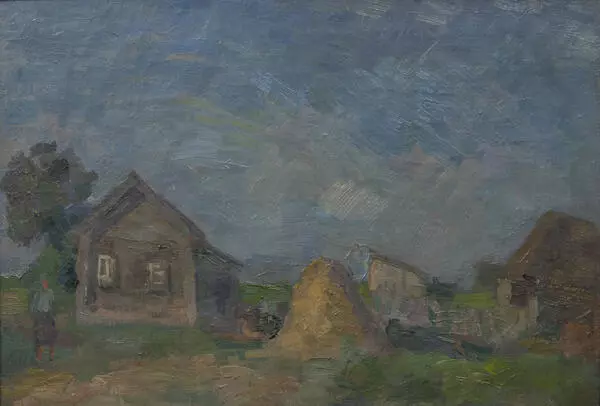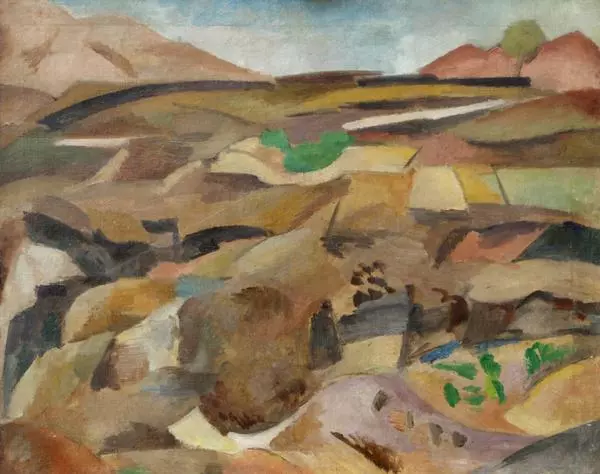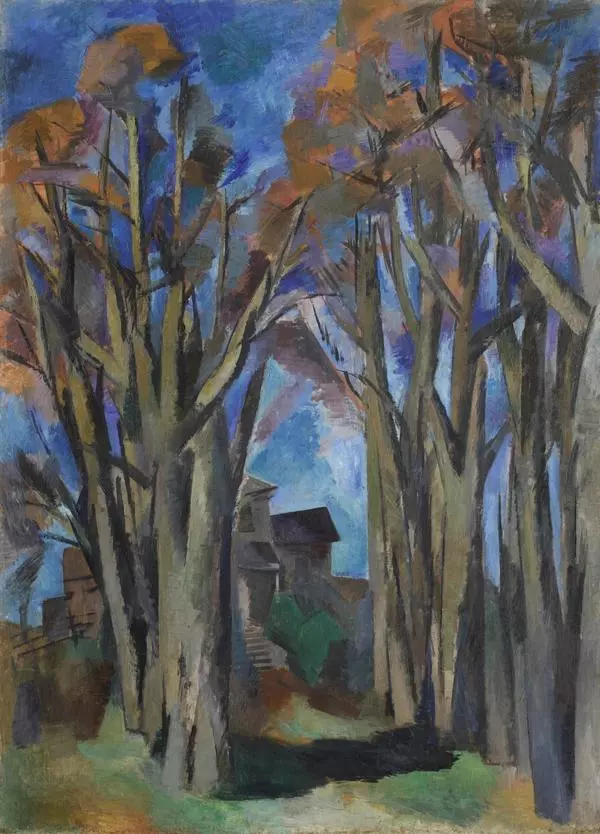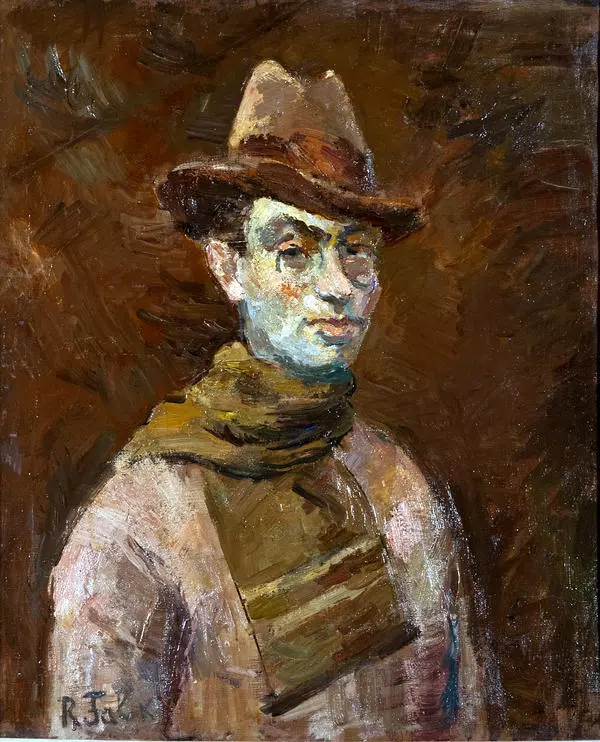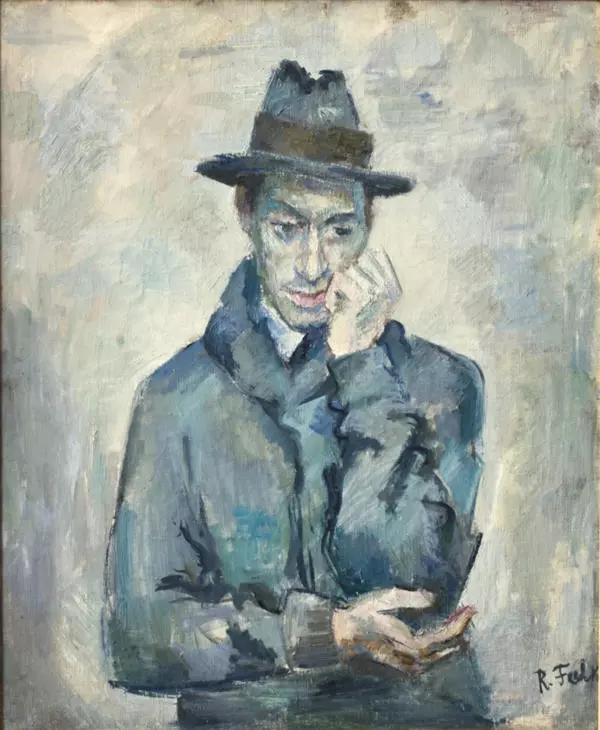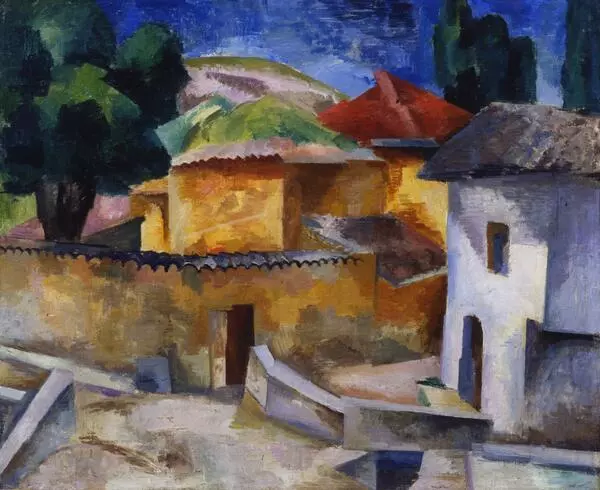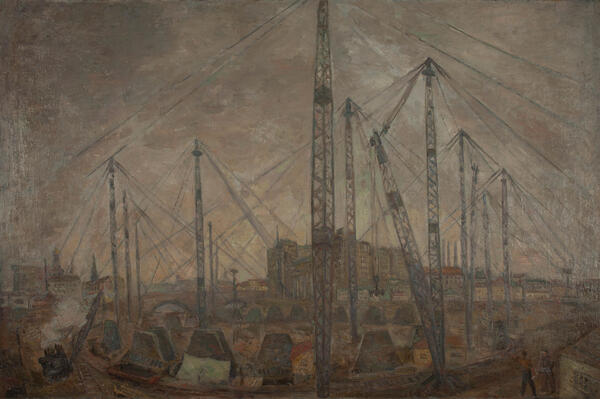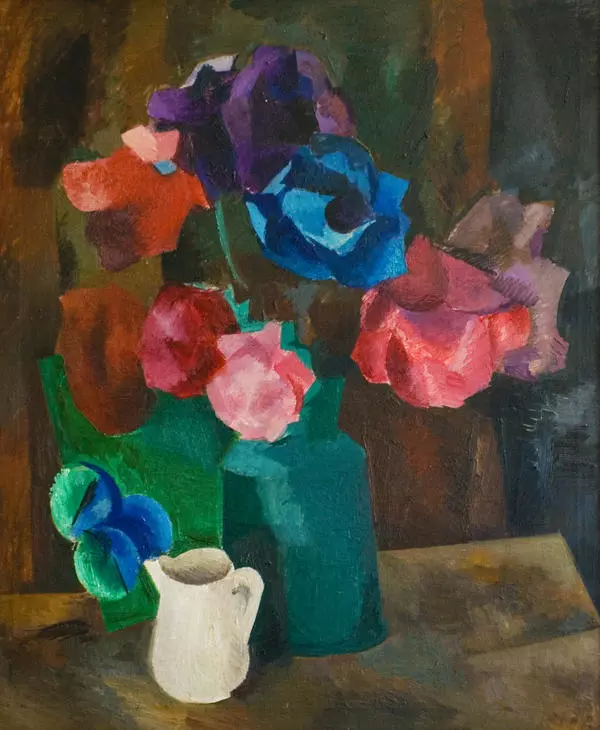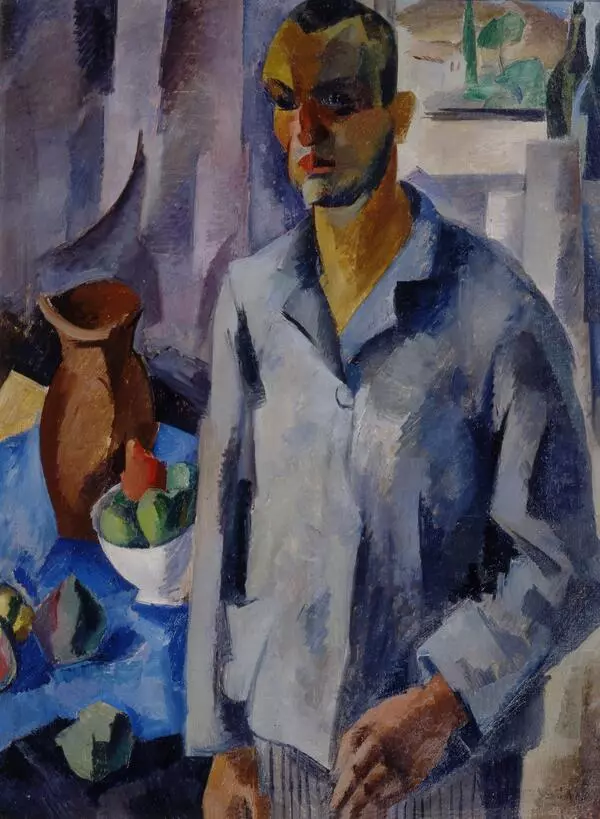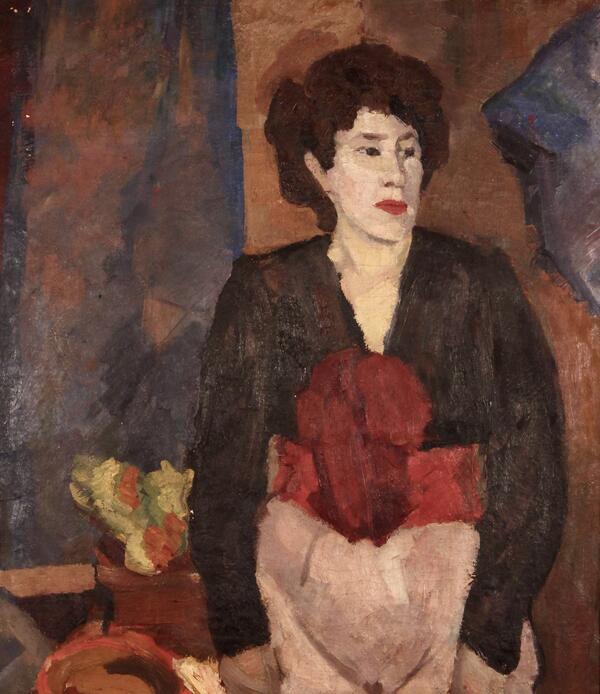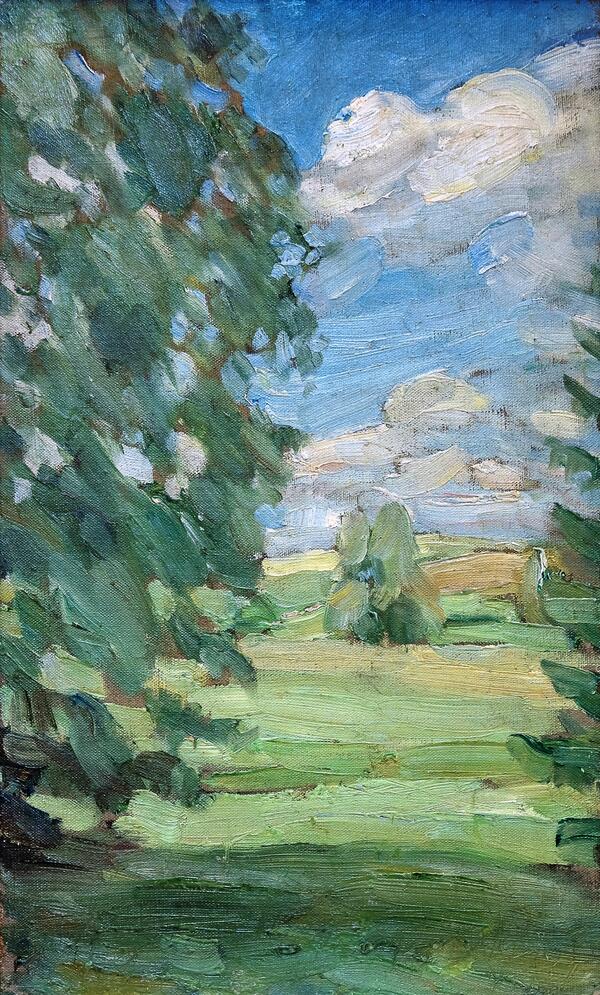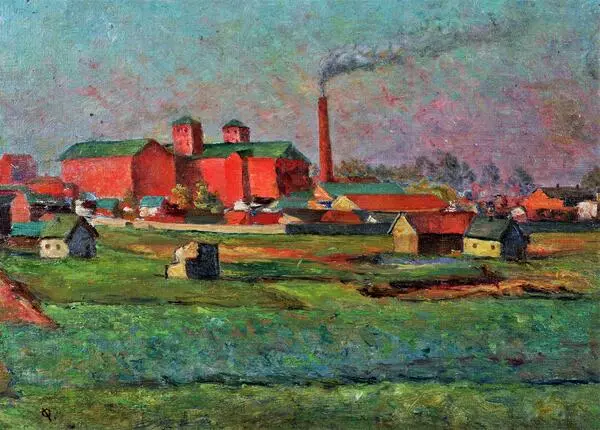Robert Rafailovich Falk was a painter, graphic artist and scene painter. He attended “Classes in Drawing and Painting” — a Moscow private art school of Konstantin Fyodorovich Yuon and Ivan Osipovich Dudin. He also studied at the private studio of Ilya Ivanovich Mashkov and went to the Moscow School of Painting, Sculpture and Architecture, where he was mentored by Konstantin Alekseyevich Korovin and Valentin Alexandrovich Serov.
The artist’s works are kept in the State Tretyakov Gallery, the State Russian Museum, the Pushkin State Museum of Fine Arts and other collections.
The collection of the Sakhalin Museum of Art keeps four paintings by Falk, created between 1903 and 1908 — the early period of the artist’s career before he joined the Jack of Diamonds group of Russian artists. The museum acquired the works from Robert Falk’s widow Angelina Shchekin-Krotova in 1988.
The portrait of a young woman titled “Kapitonova. In Konstantin Yuon’s Studio” was created in 1905 when Falk attended Yuon and Dudin’s “Classes in Drawing and Painting”, in a private studio of Ilya Mashkov. That same year, Falk entered the class led by Valentin Serov and Konstantin Korovin at the Moscow School of Painting, Sculpture and Architecture.
In 1905–1906, Falk created works that “were permeated with Impressionism”. His fresh and unique approach to painting from life, efforts to render the patches of color that outline forms and convey the undertones of light and air, and broad brush strokes are all characteristic qualities of the portrait of Kapitonova and coincide with the artist’s Impressionistic worldview in his early period.
Falk began his artistic career in 1903 and created works in the style of Impressionism. The 1905 portrait is notable for being one of the artist’s first experiments in this style.
The portrait instills a certain perception of the sitter’s image, suggesting that the artist was focused on her inner world. A portrait painted by Falk can be called a special kind of art. Falk did not strive for photographic accuracy and believed that the portrait was a psychological genre. The artist tried to understand a person’s inner world through their movements.


